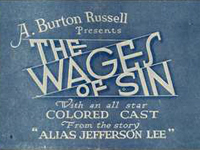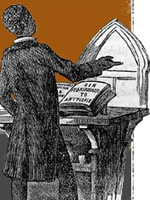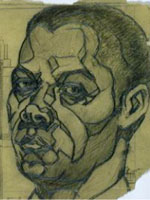The Nevada Historical Society museum collections house over 15,000 artifacts, including mining and ranching equipment, artwork, clothing, and items related to the state's gambling industry. The permanent exhibition on Nevada history illustrates the lives of the earliest inhabitants of the Great Basin, the desert stretches of the Immigrant Trail, the Comstock era, the effects of Nevada's liberal marriage and divorce laws, and the rise of the gambling industry. The Nevada Historical Society's library, photograph, and manuscript collections constitute the largest and most complete repository of materials related to the history of Nevada and the Great Basin. Materials available to the public include books, newspapers and periodicals, print files, maps, government documents, subject files, ephemera, manuscript collections, and over 500,000 photographs.
The museum offers exhibits, guided and selfguided tours, hands-on activities, inclassroom presentations on a variety of subjects, a documentary presentation and discussion series, screenings of movies which are set in Nevada, and a research library. The website offers virtual exhibits, children's activities, and a comprehensive PDF outlining available teacher resources.


